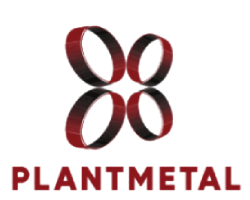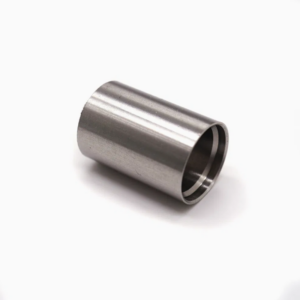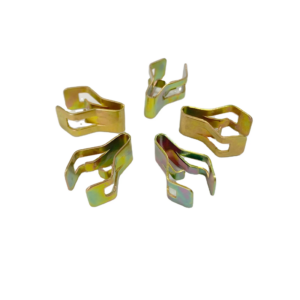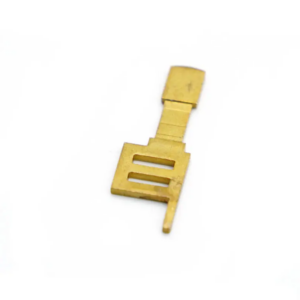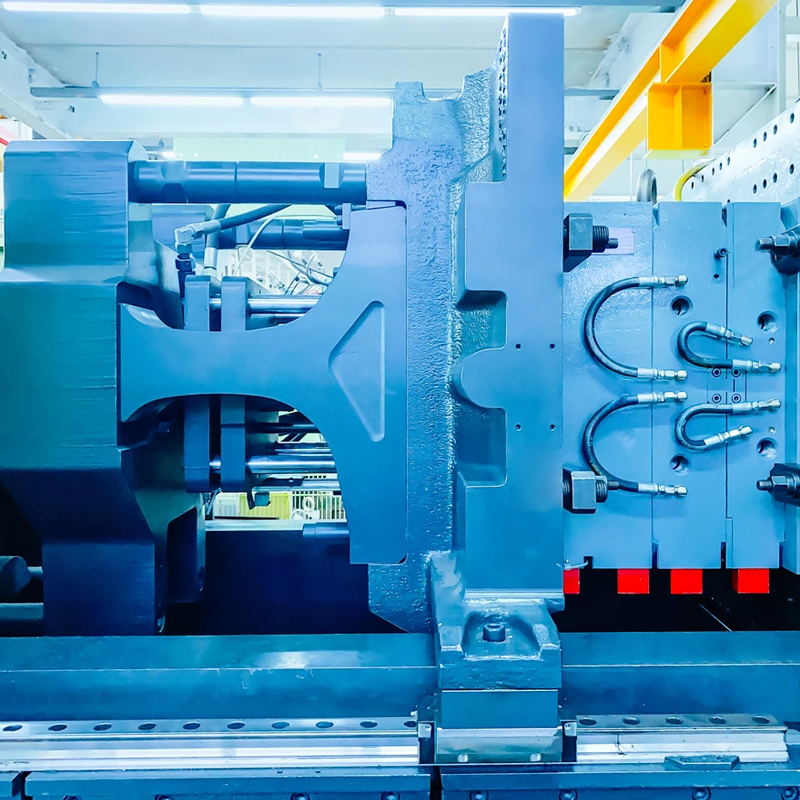When it comes to creating high-performance metal components, the process you choose can make all the difference in terms of quality, efficiency, and cost-effectiveness. Two of the most widely used methods for manufacturing metal parts — Metal Injection Molding (MIM) and Deep Drawn Stamping (DDS) — offer distinct advantages and limitations. Whether you’re designing small, intricate parts for electronics or large, structural components for industrial applications, understanding the unique benefits of each process is key to selecting the right one for your project.
In this post, we’ll compare Metal Injection Molding (MIM) and Deep Drawn Stamping (DDS), highlight their strengths and weaknesses, and guide you in making an informed decision on which process suits your specific needs.
Metal Injection Molding (MIM): Ideal for Complex, Small-Scale Parts
Metal Injection Molding (MIM) is an advanced manufacturing process that combines the flexibility of plastic injection molding with the high-performance materials used in metalworking. MIM is particularly effective for producing small, complex metal parts in high volumes. It’s often used for parts that require intricate geometries, like threads, pins, or small detailed features. If your project requires precision and the ability to produce small quantities of parts quickly, MIM might be the best solution.

Advantages of Metal Injection Molding (MIM):
-
High Precision and Complexity:
MIM allows for the production of parts with intricate geometries that would be difficult or impossible to create using traditional metalworking methods. For example, small components with internal threads, complex shapes, and detailed features can be produced with remarkable precision.
-
Cost-Effectiveness for High Volumes:
Once a mold is designed, the cost per unit drops significantly with MIM, making it a cost-effective solution for large-scale production runs. The mold is reusable, allowing for high-throughput production at relatively low costs.

-
Material Versatility:
MIM can accommodate a wide range of materials, from stainless steel and titanium to tool steels and even high-performance alloys. This makes it suitable for industries ranging from aerospace to automotive, where specific material properties are critical.
-
Minimal Waste:
MIM is a near-net shape process, meaning it produces minimal scrap compared to methods like casting or machining. This results in better material utilization and lower overall material costs.
Limitations of Metal Injection Molding (MIM):
– Not Suitable for Large Parts:
While MIM is excellent for small, intricate components, it’s not ideal for larger parts, especially those requiring more complex 3D geometries or structural integrity.
– Tooling and Setup Costs:
The initial cost of designing and manufacturing the mold for MIM can be relatively high. However, this cost is amortized over large production runs, making MIM more cost-effective for higher volumes.
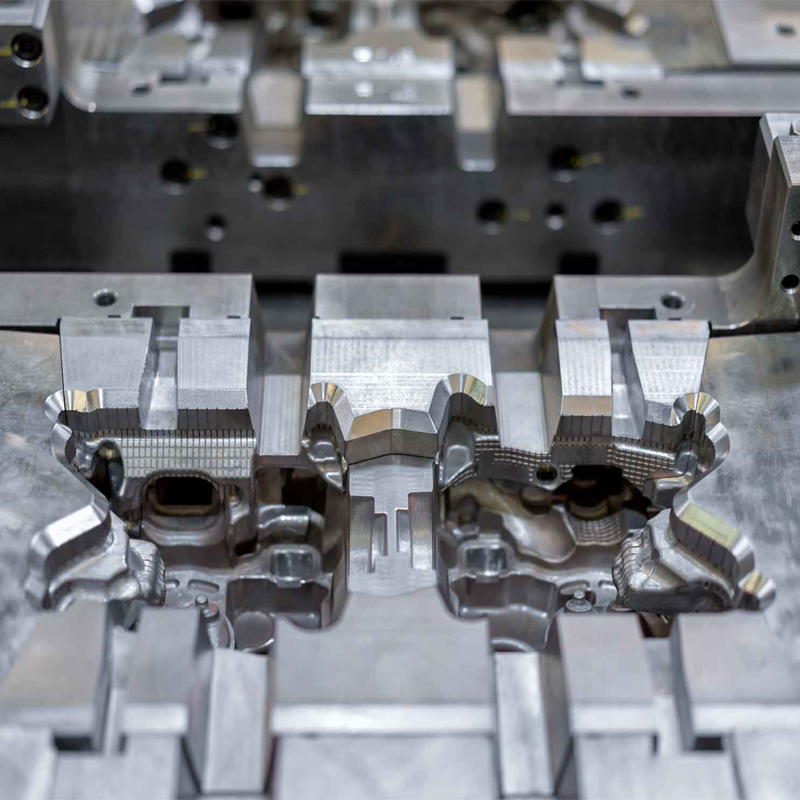
– Porosity Issues:
Depending on the material and process parameters, MIM parts can sometimes exhibit porosity or air pockets within the metal. While these can be minimized with precise control, it’s something to consider if your parts require a high level of density and no internal voids.
Deep Drawn Stamping (DDS): Perfect for High-Volume, 3D Shaped Components
Deep Drawn Stamping (DDS) is a metal forming process that uses a punch and die to draw a sheet of metal into a 3D shape. This process is widely used in industries where high volumes of parts are needed, and the components require more complex geometries that involve height (e.g., cylindrical or conical shapes). DDS is ideal for parts such as enclosures, cans, automotive components, and industrial tools.
Advantages of Deep Drawn Stamping (DDS):
-
Cost-Effectiveness at High Volumes:
Once the die is developed, deep-drawn stamping is one of the most cost-efficient methods for producing parts in large quantities. This makes it particularly attractive for industries that require consistent, high-volume production, such as automotive, consumer electronics, and industrial manufacturing.
-
Material Versatility and Strength:
DDS can work with a variety of materials, including steel, aluminum, and even certain alloys. The process is well-suited for producing parts that need to maintain their structural integrity under pressure or high stress, such as enclosures for electrical components or parts in automotive assemblies.

-
Tooling Longevity:
Deep-drawn stamping tools are generally more durable and have a longer lifespan compared to MIM molds. This longevity helps reduce tooling costs in the long run, especially when you’re looking to produce a large number of parts over time.
-
High Throughput with Precision:
DDS is capable of achieving high production rates without sacrificing precision. It’s ideal for creating parts with consistent thickness and shape, making it perfect for large-scale manufacturing runs that demand uniformity.
Limitations of Deep Drawn Stamping (DDS):
– Not Ideal for Small, Intricate Parts:
While DDS excels at forming large, 3D components, it’s not well-suited for tiny, highly intricate parts that require fine detailing or complex internal features. For small, highly detailed parts, MIM is often the better choice.
– Limited Design Flexibility:
Although deep-drawing is highly effective for certain shapes, it’s not as versatile as MIM when it comes to producing highly complex or asymmetric geometries.
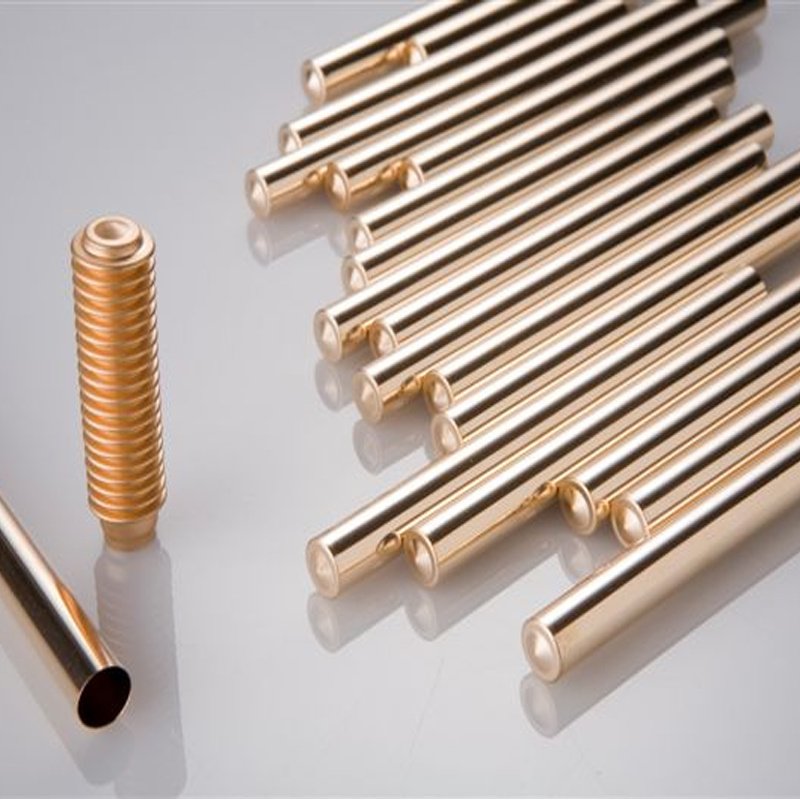
– Initial Tooling Costs:
Like MIM, DDS requires specialized tooling, which can have a significant initial cost. However, the high throughput and longevity of the tooling help offset this cost over time.
When to Choose Metal Injection Molding (MIM) vs. Deep Drawn Stamping (DDS)
The decision between MIM and DDS largely depends on the specifics of your project. Here are some factors to consider when choosing between the two processes:
Choose MIM If:
– You need small, intricate parts with detailed features, such as threads or internal cavities.
– The part requires precise tolerances and fine details.
– You’re looking to produce parts in medium to high volumes with a lower cost per unit.
– Material properties like strength and corrosion resistance are critical for your application.
Choose DDS If:
– You need 3D shaped parts with higher height-to-width ratios, such as cylindrical or conical forms.
– High-volume production is essential, and part uniformity is a top priority.
– Your project involves larger components or parts that require a longer tool life.
– You require stronger, more durable parts for industries like automotive, consumer goods, or electronics.
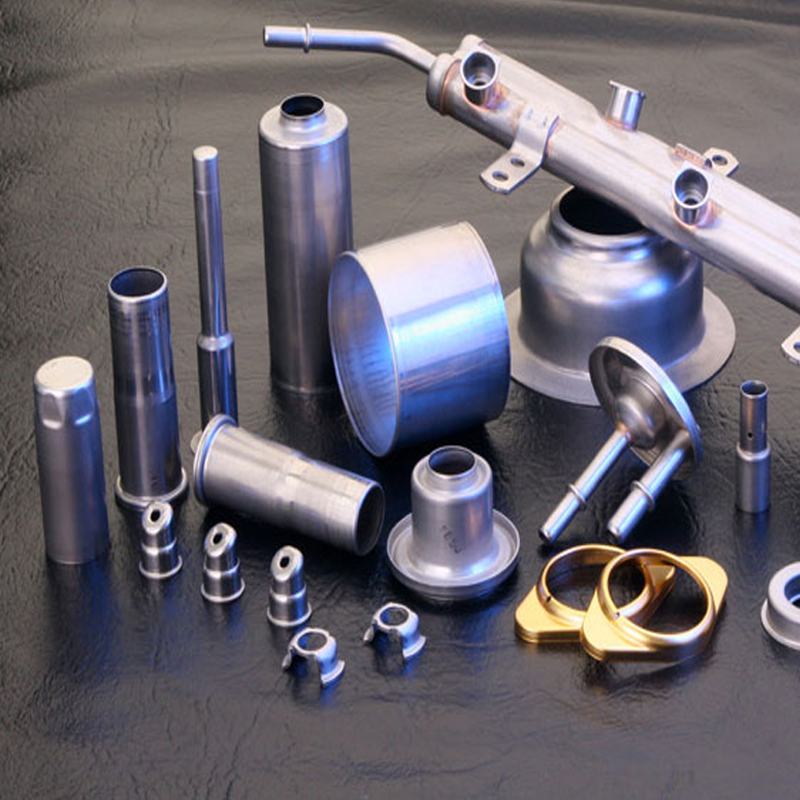
Choosing the Right Process for Your Business Needs
At Plantmetal, we specialize in both Metal Injection Molding (MIM) and Deep Drawn Stamping (DDS) services, providing custom manufacturing solutions tailored to meet your exact specifications. Whether you’re looking for small, complex components with high precision or large, durable parts for high-volume production, we have the expertise and state-of-the-art equipment to help bring your project to life.
Our team of experienced engineers and production specialists can help you evaluate your specific needs, identify the most appropriate manufacturing method, and guide you through the entire process, from initial design to final production.
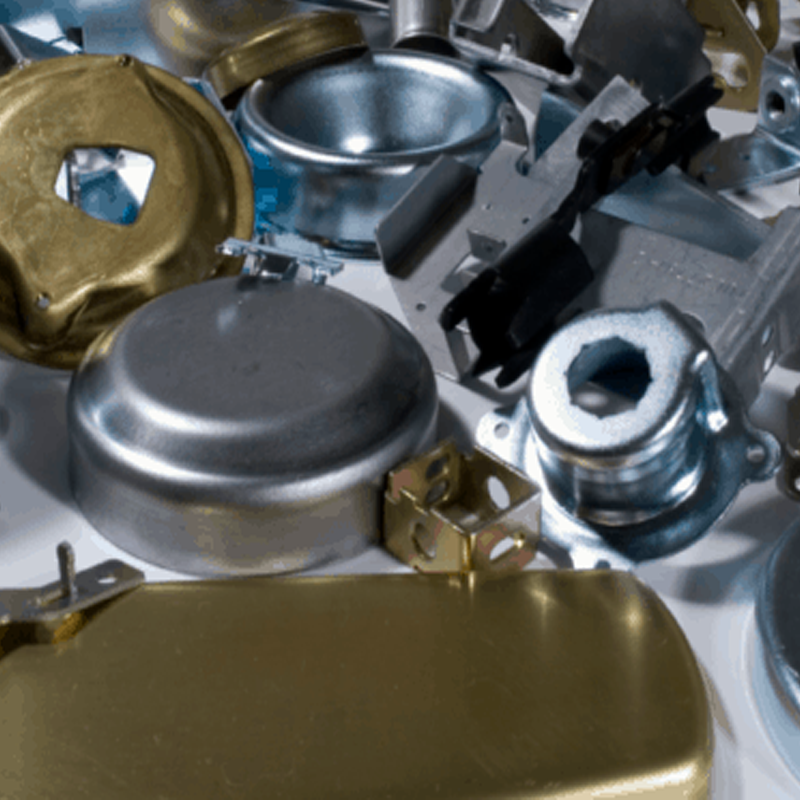
Contact us today to learn more about how we can help you optimize your metal forming processes, reduce production costs, and deliver high-quality components at scale. Let’s work together to find the best solution for your project and take your business to the next level!
Which process do you think suits your next project? Let us know in the comments below, or reach out to our team for personalized advice!
